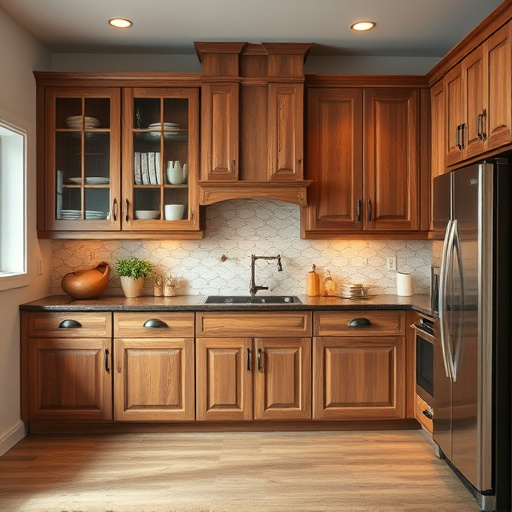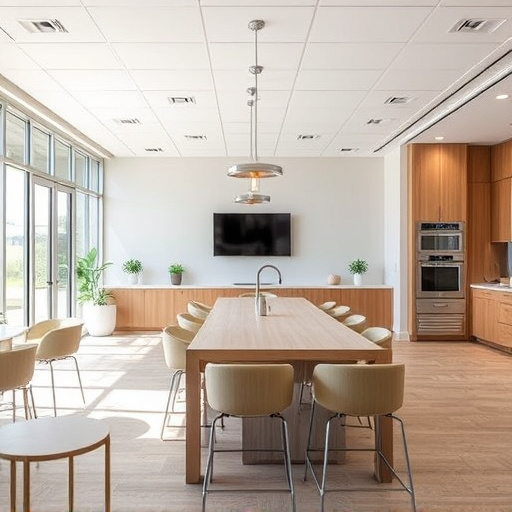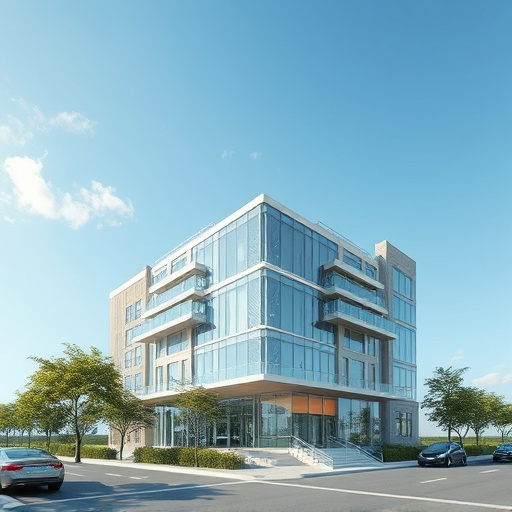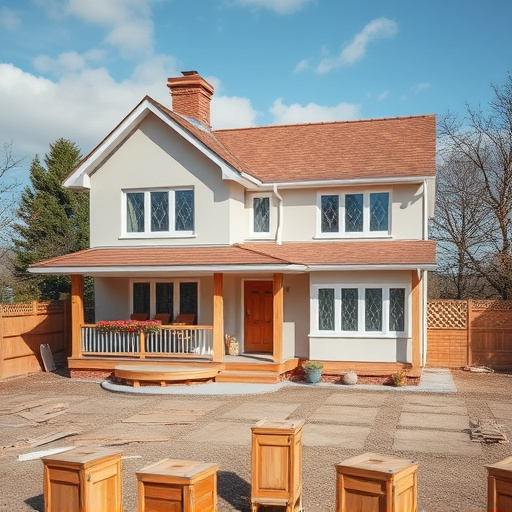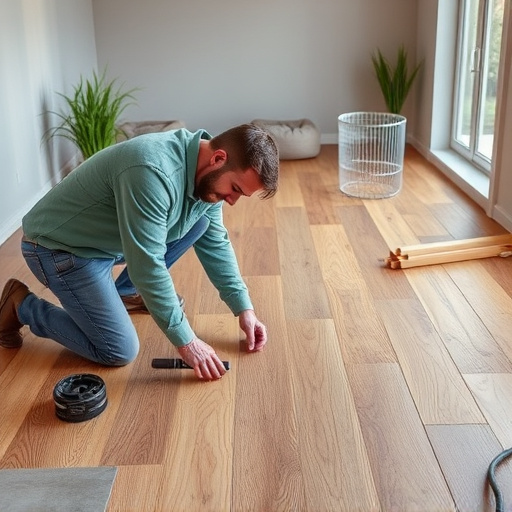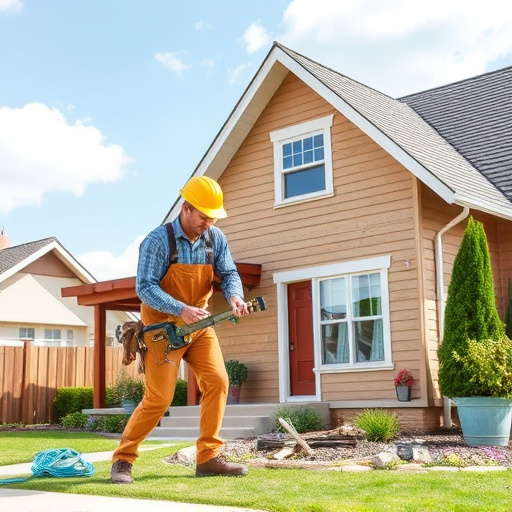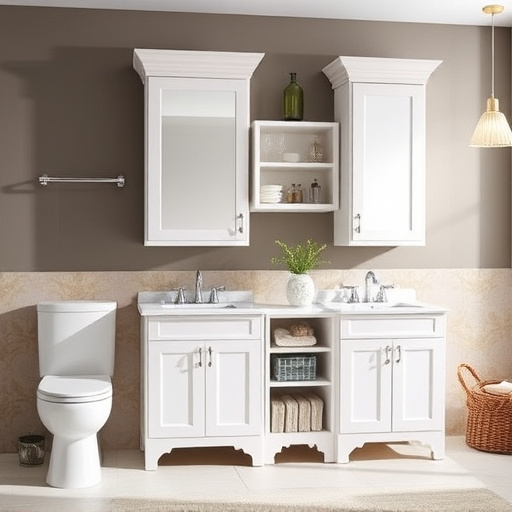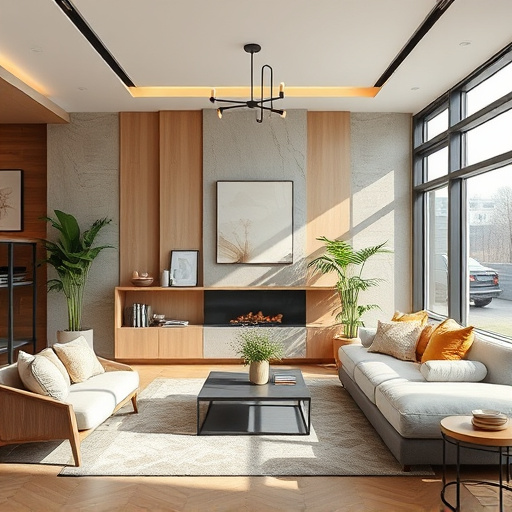Accurate space measurements and thoughtful material selection are crucial for successful flooring design. Align flooring with room use, interior schemes, and unique needs for visual appeal, practicality, and long-lasting durability. Choose water-resistant materials in high-moisture areas for enhanced aesthetics and simplified maintenance.
In the realm of interior design, flooring design is a cornerstone that transforms spaces into inviting, functional areas. However, common mistakes can sabotage even the best-laid plans. This article highlights top blunders to avoid, focusing on critical aspects: neglecting precise space measurements, overlooking room functionality, and selecting unsuitable materials. By steering clear of these pitfalls, you’ll ensure your flooring design enhances aesthetics and practicality, creating a harmonious and lasting impact.
Neglecting Space Measurements
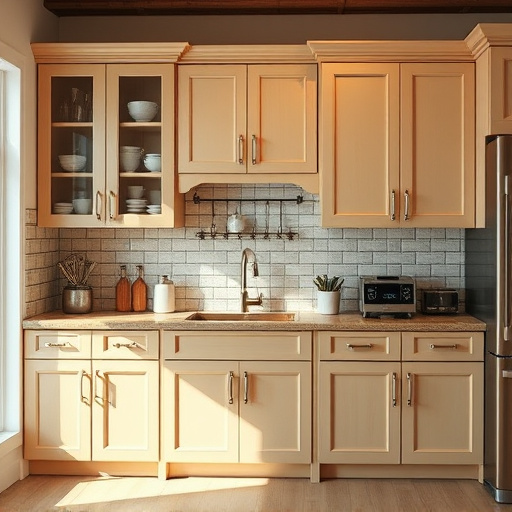
When planning your flooring design, one of the most common mistakes to avoid is neglecting space measurements. Accurate measurements are crucial for ensuring that your chosen flooring fits perfectly and looks elegant in every corner of your space. Many homeowners rush into selecting floor coverings without considering the dimensions of their rooms, hallways, and staircases. This oversight can lead to costly errors, such as floors that don’t cover the entire area or leave unsightly gaps.
In the realm of flooring design, precise measurements are key to achieving a seamless and customized work that complements your home’s aesthetic. Whether you’re undertaking residential renovations or engaging in home improvement services, taking the time to measure each area thoroughly will pay off in the long run. This simple step ensures that your flooring choices enhance your living spaces rather than creating visual disruptions or requiring frequent replacements due to misfits.
Ignoring Room Functionality
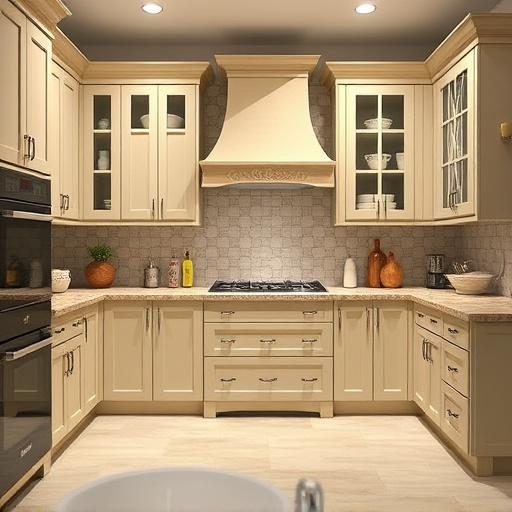
In the excitement of selecting the perfect flooring for a space, it’s easy to overlook the practical aspects and ignore the room’s functionality. Flooring design is more than just aesthetics; it should complement and enhance the intended use of the area. For instance, in a high-traffic area like a kitchen or living room, durable materials that can withstand constant footfall are essential. Conversely, a cozy bedroom might benefit from warmer, softer options.
When planning flooring for specific rooms, such as bathroom renovations or customized home renovations, understanding moisture levels and humidity is crucial. Water-resistant or waterproof flooring solutions are ideal for bathrooms to prevent damage from water splashes and leaks. This attention to room functionality ensures not only visual appeal but also long-lasting durability, creating a practical and comfortable living space.
Choosing Unsuitable Materials
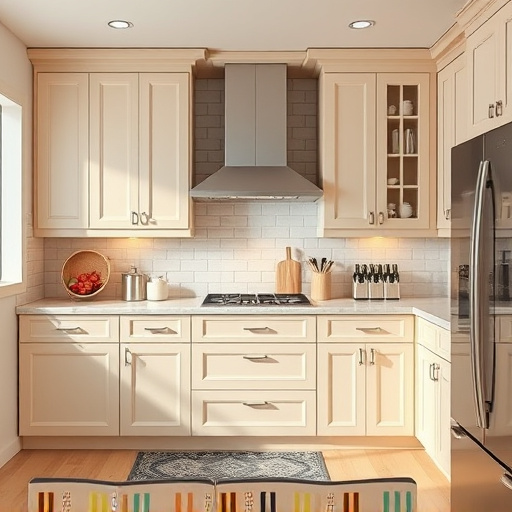
When planning your flooring design, one common mistake to avoid is selecting materials that aren’t suitable for your space. Every room in your home has unique needs and characteristics. For instance, while wood floors might be aesthetically pleasing and versatile, they may not be the best choice for high-moisture areas like bathrooms or kitchens. Similarly, carpeting offers comfort but requires more maintenance and isn’t ideal for spaces prone to spills or heavy foot traffic.
Choosing flooring materials that align with your interior painting schemes and match the functionality of each room is crucial. For kitchen and bath floor replacements, consider water-resistant options like ceramic tiles or luxury vinyl planks. These choices not only enhance the overall aesthetics but also ensure longevity and ease of maintenance. Remember, the right flooring design combines visual appeal with practicality, creating a harmonious space that serves your needs.
When planning your flooring design, avoid common pitfalls like neglecting space measurements, not considering room functionality, and selecting unsuitable materials. By taking these key aspects into account, you’ll create a durable, aesthetically pleasing, and practical floorplan that enhances your living spaces for years to come. Remember, thoughtful flooring design is an investment in both your home’s value and your personal enjoyment of the spaces you inhabit.






